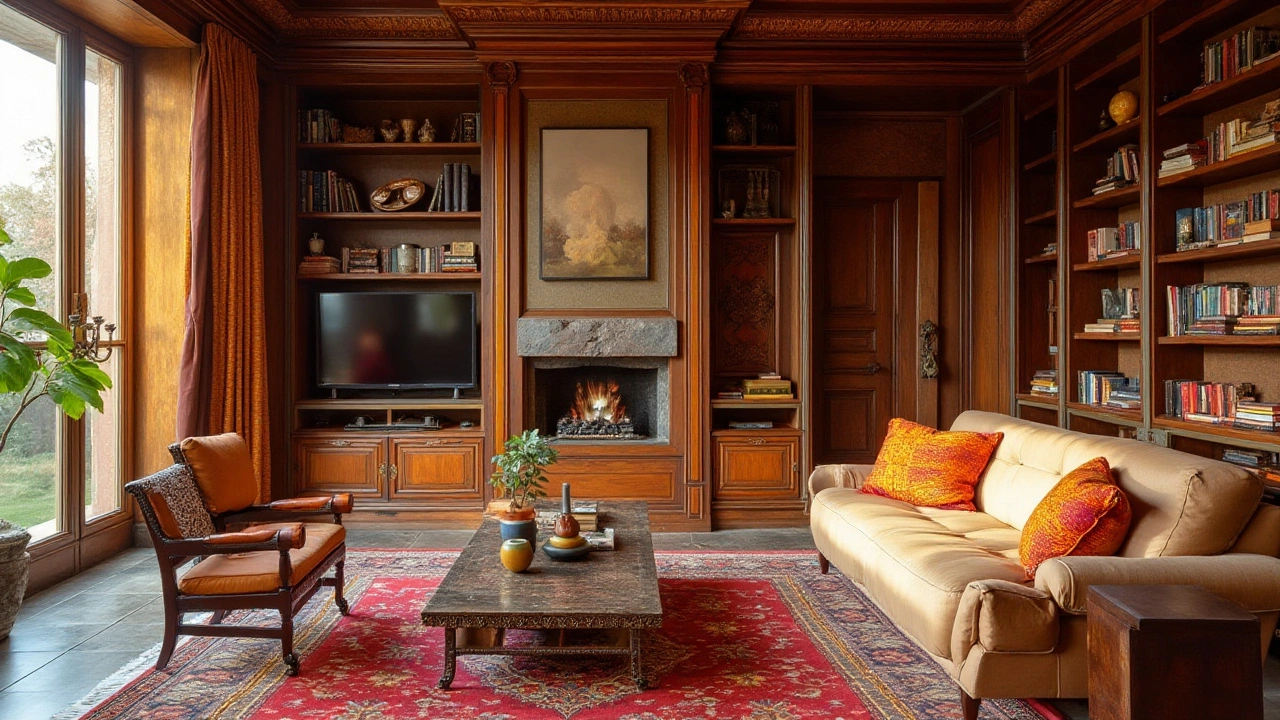Home Value: How Smart Furniture Choices Raise Your Property Worth
Thinking about selling your house? The furniture you pick can make a big difference in the price buyers are willing to pay. A well‑chosen sofa, a sturdy coffee table, and a few decorative pieces can turn a plain living room into a showcase that feels both fresh and lived‑in. In this guide we’ll show you which items add real value, why they matter, and how to avoid costly mistakes.
Why Furniture Matters for Home Value
Buyers first notice the overall look of a home, and furniture sets the tone. A modern, durable sofa tells them the space has been cared for and is ready to use. Conversely, a worn‑out couch or mismatched tables can signal neglect. Quality pieces also help the home stage better, making rooms look larger and more functional. When a potential buyer walks in and sees a cohesive, stylish setting, they imagine themselves living there, which often leads to higher offers.
Another factor is longevity. Buyers consider how long the furniture will last. High‑quality frames, solid wood tables, and stain‑resistant fabrics reduce future maintenance worries. That peace of mind adds perceived value and can justify a higher asking price.
Smart Picks to Maximize Return
1. Choose a neutral, on‑trend sofa color. Shades like charcoal, beige, or soft gray stay in style longer than bright hues. They blend with most decor schemes and let buyers picture their own cushions and throws on the couch.
2. Opt for a sturdy coffee table. Solid wood or metal tops with a thickness of at least 1.5 inches signal quality. A table that can handle daily use without wobbling shows that the living room is built to last.
3. Add multifunctional pieces. Daybed couches, storage ottomans, and nesting tables give extra utility without crowding the room. Buyers love furniture that solves storage problems and adds flexibility.
4. Keep fabrics easy to clean. Outdoor‑grade textiles, microfiber, and leather are resistant to stains and pet hair. Showcasing these options reassures buyers that upkeep will be simple.
5. Match key items subtly. Your coffee table, TV stand, and side chairs don’t need to be identical, but they should share a common material or color family. This creates visual harmony and makes the space feel thoughtfully designed.
Don’t forget lighting and accessories. A well‑placed floor lamp or a simple rug can highlight the furniture’s best features. When staging, use minimal décor – a few cushions, a plant, and a piece of art are enough to add personality without overwhelming the room.
Lastly, maintain what you already have. A quick clean, fixing loose legs, and tightening screws can turn a dated piece into a fresh focal point. Small repairs often cost less than a full replacement and still give a polished look.
By focusing on durable, neutral, and functional furniture, you not only improve the look of your home but also its marketability. Buyers notice the details, and those details can translate into a higher sale price. So, next time you update your living room, think of each piece as an investment in your home’s value.
Do Built-In Bookcases Increase Your Home's Market Value?
Built-in bookcases not only add aesthetic beauty to a home, but they also contribute to its functional space. They provide more storage, enhance the interior design, and can potentially increase your property’s value. By blending seamlessly with a room's architecture, built-in bookcases create an impression of thoughtful planning and sophistication. This article explores how these features can turn a regular home into a captivating one while also boosting market appeal.





